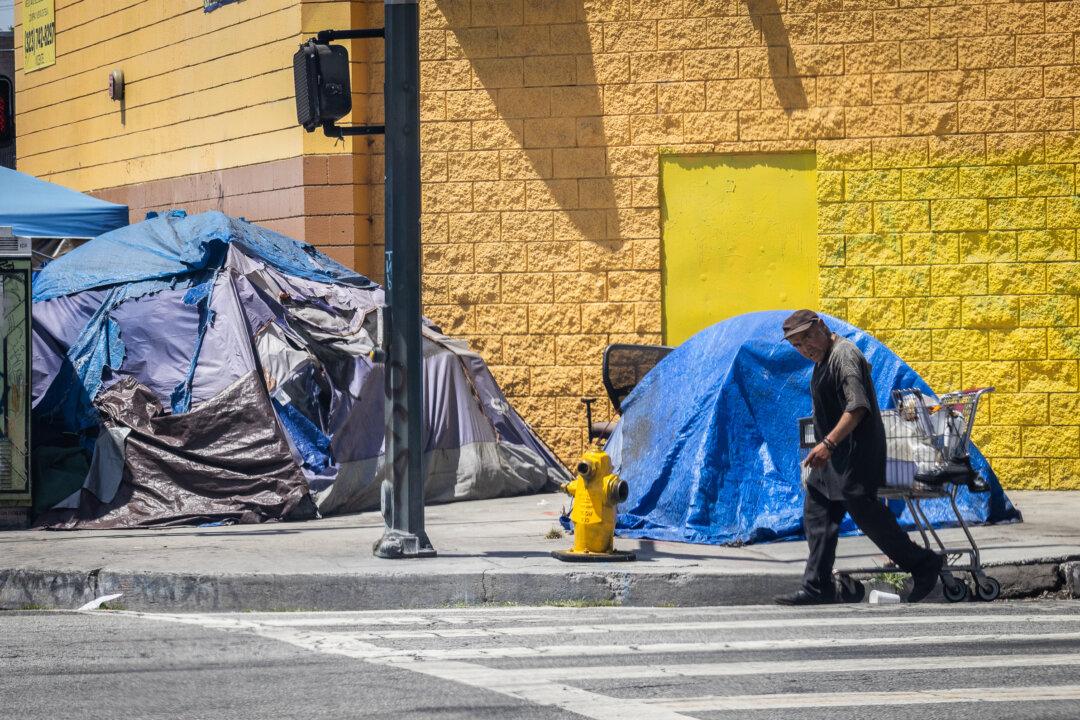SAN DIEGO (CNS) - Gov. Gavin Newsom signed into law Oct. 4 a bill, supported by San Diego County District Attorney Summer Stephan, that will require licensed alcohol and drug residential treatment facilities to maintain, on premises, at least two doses of naloxone or a similar drug approved for the treatment of an opioid overdose.
Assembly Bill 381, authored by Assemblywoman Laurie Davies (R-Laguna Niguel) and supported by Stephan’s office, also requires a staff member to be on the premises who has been trained on how to administer naloxone.
Naloxone, sold under the brand name Narcan, is a nasal spray that can rapidly reverse an opioid overdose. According to Stephan, people who have become addicted to opioids often enter drug treatment facilities but suffer a high rate of relapse, which often occurs within the treatment facilities themselves.
Deputy District Attorney Shawn Tafreshi was instrumental in drafting language for AB 381.
“This is a common-sense law that will help save the lives of people who are trying to overcome their addiction,” Stephan said. “We are in the middle of the worst drug abuse crisis in American history and people across San Diego County, including residents of treatment facilities, are dying too often because of drug overdoses directly related to the fentanyl crisis.”
The genesis of this legislation and draft language came from the San Diego County District Attorney’s Office, which recognized a need for the law given the dozens of overdose deaths that occur each year at rehabilitation centers in the county.
In 2019, there were 152 fentanyl-related overdose deaths in the county. Last year, that number spiked to 462. Based on data so far in 2021, experts predict there will be more than 760 overdose deaths. According to the medical examiner’s data, since 2017 there have been at least 53 overdoses at or near a rehabilitation center, sober living home, or homeless shelter.
“California needs to equip our drug treatment centers with every tool in the toolbox to help patients recover from substance abuse disorders,” said Davies. “Naloxone has proven to be a safe and easily-administered overdose reversal medication that our centers should always have onsite.
“With AB 381, having Naloxone or other future FDA-approved drugs readily available can mean the difference between a patient surviving a relapse and an untimely end for someone on their journey of recovery,” she said. “I look forward to working with all law enforcement and substance abuse advocates to strengthen our policies to ensure California’s opioid epidemic comes to an end.”
Relapse after prolonged periods of sobriety is particularly dangerous to individuals because physiological drug tolerance decreases. Smaller amounts of opioids are needed to become intoxicated, and likewise overdose.
Unless there is naloxone present in the drug treatment facility, this overdose may be fatal.





